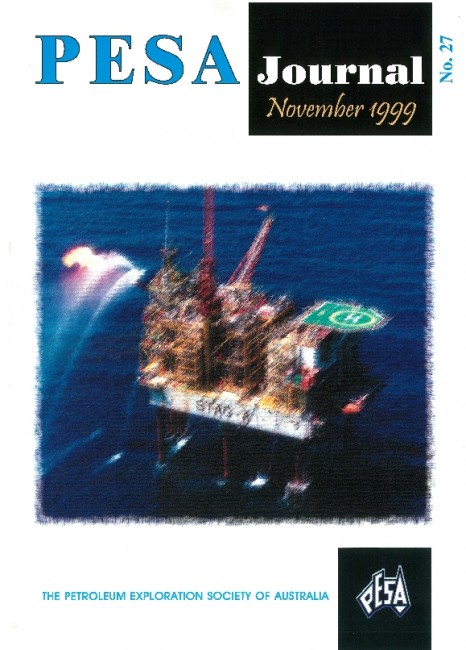Publication Name: PESA Journal No.27
Authors: Andy Furniss
Publication Volume: 7
Date Published: November 1999
Number of Pages: 15
Reference Type: Journal Article
Abstract:
The advent of velocity-sensitive depth imaging techniquessuch as pre-stack depth migration has created a demand for
more accuracy in velocity model building. Traditional
methods that use seismic processing velocities are limited
by the many assumptions inherent in the Dix formula and
the distortion caused by complex ray paths. Techniques
based on model ray-tracing allow more accurate estimates
of interval velocity to be made, which, when constrained by
an interpreter's geological knowledge of an area, have the
ability to produce superior velocity models for depth
conversion or pre-stack depth migration.
The role of the interpreter in any depth imaging project is
often understated because of a lack of understanding of
velocity modelling and depth imaging techniques. The
purpose of this paper is to introduce some of these concepts
to interpreters in an attempt to promote more active
involvement in velocity modelling projects and for them to
not simply rely on the processing experts to build
geologically consistent velocity models.
Velocity estimation techniques such as stacking velocity
inversion and coherency inversion are equally applicable to
depth conversion projects as they are to pre-stack depth
migration. Coupled with map migration techniques, these
methods allow the interpreter to reduce the uncertainty of
conventional depth conversion and ultimately reduce the
geological risk of prospects.
Pre-stack depth migration and tomographic model
refinements are an essential and powerful tool to produce
the optimum seismic data quality. These methods are
described to give the explorationist a practical
understanding of the workflows involved in depth imaging.


